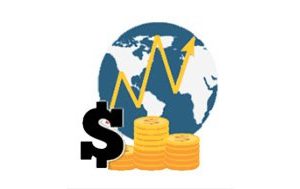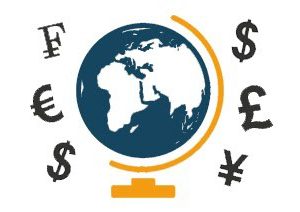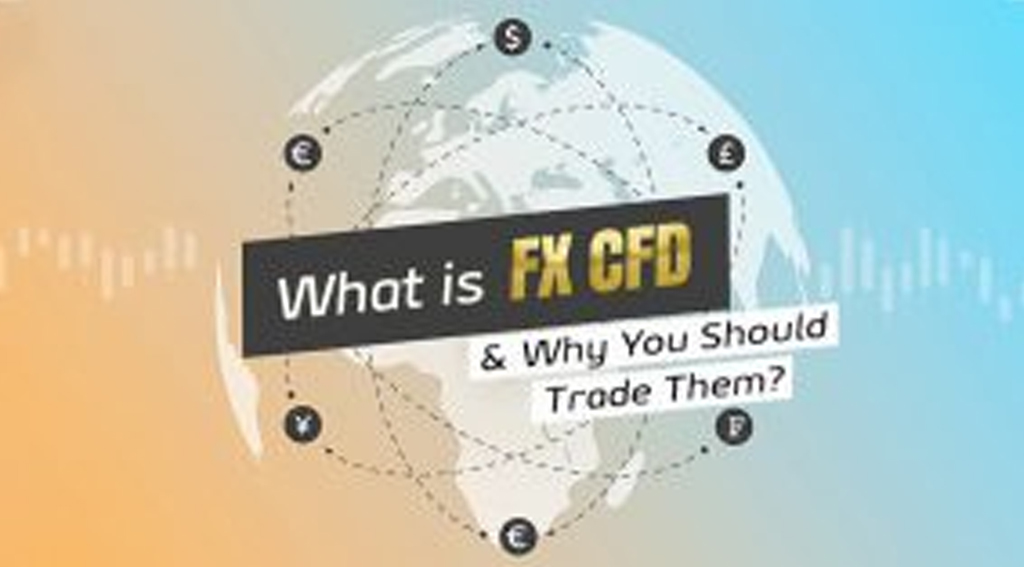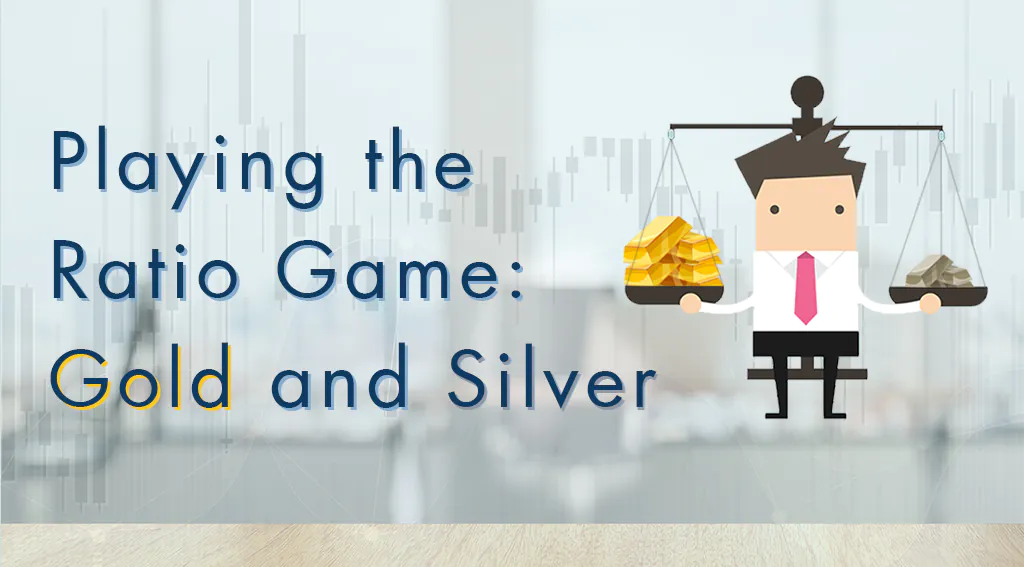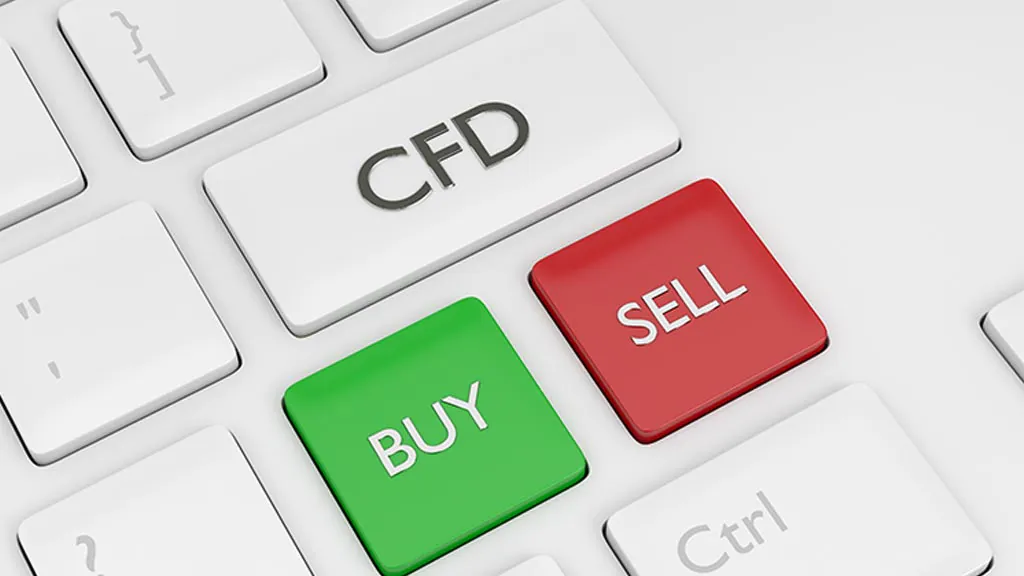Take advantage of Volatility! Embrace it, Don't Fear it!
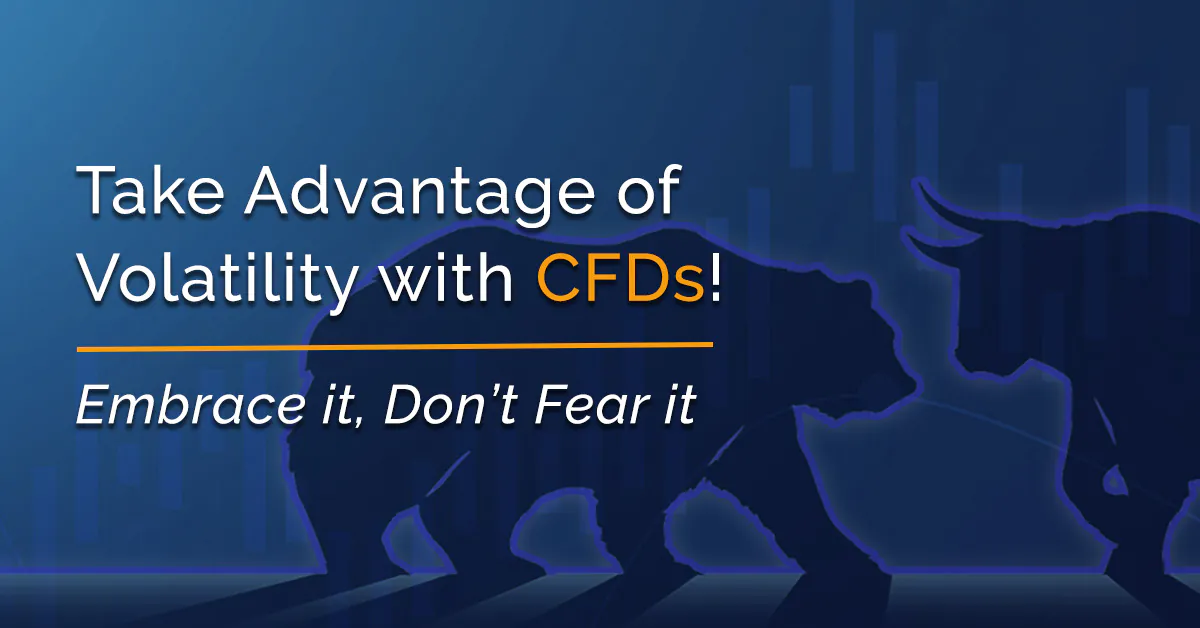
Published On: 13 November 2020 | 17:00 PM
Gek Han, Dealer
Gek Han is a securities dealer in the largest dealing team in Phillip Securities, specialising in Equities, ETFs and CFDs. As a securities dealer, he provides equity-related advisory for clients. He looks at securities from a technical and fundamental perspective, and wants to explore managing investments using a portfolio approach. Gek Han holds a Bachelor of Science (Economics) degree with double majors in Economics and Finance from Singapore Management University.
Jonathan, Dealer
Jonathan graduated from Nanyang Technological University with a Bachelor’s Degree in Mechanical Engineering. Prior joining the company, he was an engineer in one of the largest semiconductor firm. Combining with his industry knowledge and finance knowledge, he firmly believes in technology stocks and value stocks.
What this report is about:
- 2020 has been an eventful year that has led to spikes in volatility. Two major triggers were COVID-19 and the US elections
- Volatility can be measured by VIX, average true range (ATR) and Bollinger Band
- What can cause further volatility? One is news flow on vaccine discoveries. Another event that may jeopardise a smooth transition of power in the US.
Introduction
As we enter the last leg of the year, it is a good time to reflect not only on our personal goals and achievements but also, financial management. No financial review would be complete without an assessment of our investment portfolios.
Through the rear view mirror
2020 to lesser mortals is what 1992 was to the Queen of England: annus horribilis.
Just a couple of days into the new year, we were jolted by news that the US had conducted a drone strike on Major-General Qassem Soleimani. Major-Gen Soleimani led the foreign operations arm of Iran’s Islamic Revolutionary Guard Corps. Iran retaliated by firing more than a dozen missiles at two US bases in Iraq and threatening revenge. [1] This ratcheted up tensions. The US stood its ground, fanning fears of a war between the old foes.
Before the dust settled in the Middle East, another conflict was stirring in the US, this time at the White House. For only the third time in history, an American president was on trial after being impeached, although he was eventually acquitted by the Senate.[2]
Not long after, a mysterious virus that had its roots in Wuhan, China, began spreading like wild fire. It brought global economies to a standstill and global markets to their knees. The World Bank forecasts that the global economy will shrink by 5.2% in 2020. This would be the deepest recession since the Second World War. [3]
A common thread running through these events was spikes in volatility.
But what is volatility? How is it measured and how can we take advantage of it?
What is volatility?
Mathematically, volatility represents how large an asset’s price swings around its mean price, in either direction. [4] Higher volatility means the price can change dramatically in either direction. Lower volatility implies a steadier price.
How is it measured?
A popular measure that traders use is the Volatility Index (VIX). This is an index compiled by the Chicago Board Options Exchange to capture the market’s expectation of 30-day forward-looking volatility. It is derived from the price inputs of the S&P 500’s index options. [5] The VIX is commonly known as the “fear index” as its rise is associated with falling markets and growing fear among investors.
Other technical tools used to measure volatility include the average true range (ATR) and Bollinger Band.
The ATR measures market volatility by decomposing the entire range of an asset price for a specified period. [6] It is typically calculated over a 14-day period. An asset experiencing a high level of volatility has a higher ATR. Conversely, a lower level of volatility implies a lower ATR.
The Bollinger Band is a technical-analysis tool defined by a set of trendlines plotted two standard deviations from a simple moving average of an asset’s price. [7] The standard deviations can be adjusted according to user preferences. Narrowing Bollinger Bands indicate easing volatility but this is also considered a sign of future increased volatility.
Trading with volatility
Contracts for Differences or CFDs can be a great trading tool when volatility rises. CFDs allow investors to go long and short on an underlying asset to take advantage of sudden bouts of market volatility.
Here are some assets that are readily available for trading long and short on CFDs:
Stock/Equity CFDs
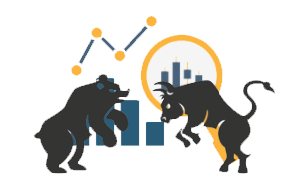
CFDs are commonly used by investors who want to short stocks. Most markets generally impose restrictions on the short-selling of stocks – and it is inconvenient to initiate an equity short in the market. Investors would have to inform their brokers of their intention to short and procure shares. They would have to inform their brokers again when they have bought back the shares to settle their shorts.
CFDs circumvent all of these troublesome issues as all you would need to do is to focus on initiating your long or short trade. We’ll settle the rest for you. Another benefit of trading Equity CFDs is you can go long and short on more than 5,000 contracts in one account.
World Indices CFDs
Indices are a great way to participate in the market if you do not want the hassle of researching individual stocks. An extremely popular CFD in Singapore is the Straits Times Index SGD5 CFD (STI CFD), as the Straits Times Index is the benchmark equity index in the Singapore market.
World indices CFDs are useful as they tend to react quickly to major economic news. Additionally, from a diversification standpoint, indices are less risky than individual stocks which have non-systemic risks – these risks can be largely eliminated if you purchase an index.
Commodity CFDs
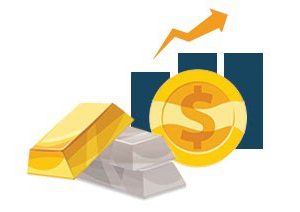
Commonly traded commodities are gold, silver and oil. While most commodities are traded on futures markets, there are some benefits to trading them via CFDs. Unlike CFDs where you trade just on the price of a commodity, both parties in a futures contract must fulfil the conditions of the contract.
If you are not familiar with futures contracts and choose physical settlement instead of cash, you might end up with a truckload of oil barrels at your doorstep!
FX CFDs
Forex (FX) is the largest & most liquid financial market in the world. The largest volume of trades comes from traders who trade currency pairs. The FX market is open 24 hours a day, 5 days a week.
Check out our newly launched FX CFDs where we offer very competitive spreads for some of the major currency pairs. To find out more about FX CFD trading, be sure to read our latest FX CFD article. Best of all? No commissions and finance charges for opening your FX CFD positions with us!
You may refer to our website for more information on the above mentioned CFDs.
Contrary to popular opinion, CFDs are not just for technical traders. Long-term investors can utilise them to hedge against unforeseen events and uncertainties effectively.
World Indices CFDs and Commodity CFDs are hedging tools for equities amid rising volatility in markets. This is due to their correlations.
One can use CFDs as a hedge in the following two scenarios:
1) When the prices of your existing positions have already moved or are moving against you.
2) When you anticipate future gains in your existing positions to be marginal due to increasingly negative market sentiment.
Check out our example on how to use CFDs for hedging at the bottom of this article.
Before you decide, it is important to know which assets to use to hedge.
Assets that have a positive correlation with your positions are used as an opposing hedge (short).
Assets with a negative correlation with your positions are used as a same-side hedge (long).
You need to select the right assets to hedge your existing positions. However, do note that it is not possible to perform a perfect hedge due to correlational factors and positional sizes.
Events that May Cause Volatility to Spike
COVID-19
As news of the coronavirus spread around the world in February, Chinese economic data showed a dramatic slowdown in manufacturing and investments. Global financial markets began to price in the new reality. We saw the greatest correction in history since the financial depression, with US$39tr wiped out from global equities. Indices like the S&P 500, Nasdaq and Dow Jones dropped more than 30% from the high in February 2020 to the low in March 2020.
During the pandemic, the VIX, as measured by the ProShares VIX Short-Term Futures ETF (VIXY), increased by almost six times, from 10.8 to 64.6. This was in a matter of weeks due to the highly-uncertain environment

Since then, we have witnessed the greatest and fastest amounts of liquidity injection in history as central banks scramble to rescue the global economy. The Fed expanded its balance sheet to a record US$3tr in a span of several months. It rolled out a massive stimulus plan in just two weeks, compared to the two years it took to introduce Barack Obama’s Recovery Act when the housing bubble burst in 2009.

US Election 2020
How will the election of Joe Biden as the next President affect global markets?
Although the overhang on elections has been removed, markets may be more volatile with the worsening COVID-19 situation in the US. The VIX might climb so long as there is no medical solution.

Back in 2016, the presidential election caused a spectacular jump in market volatility. The black-swan event was Trump’s surprise victory, which set off huge swings in the stock market. Futures on the S&P 500 tumbled as much as 5% as investors digested the result, before closing higher at the end of the trading day on 8 November 2016.
If investors think Joe Biden will implement policies that will benefit stocks and the economy, markets would rally. Judging by the positive reactions since election week, it seems that they are expecting Biden to be market-friendly.
Vaccine approvals
Though there are more than a hundred vaccine candidates in the developmental stage, it is not a foregone conclusion that a vaccine is the be-all and end-all. Early vaccines will probably be only partly effective. Flu vaccines are only 50% effective, and not everyone can be vaccinated.
A vaccine normally takes years, if not decades, to develop. However, with huge government funding and schemes like Operation Warp Speed in the US, companies are more comfortable doing vaccine research. We have now 11 vaccine candidates under Phase 3 trials, involving thousands of volunteers. Any good news on vaccine approval can be expected to be positive for equity markets.

Ride the wave of volatility with CFDs
The speed and magnitude of market moves this year may have left some investors reeling. This brings us to the importance of portfolio hedging. It is where CFDs can come in useful.
For more information on how you can ride volatility with CFDs, please click here.
Open a POEMS Trading Account with us today!
References
More Articles
What is FX CFD & Why You Should Trade Them?
Before you plunge right into Forex (FX) CFD trading, please read this article to understand the basic fundamentals of Forex trading and how you can start trading Forex (FX) CFD with us.
Playing the Ratio Game: Gold and Silver
Gold price has surged to Multi-year high recently, generating massive interest in this investment amidst market uncertainties and low interest rates. Read on to find on about the Gold/Silver Ratio.
Understanding Contracts for Difference (CFD)
“What is CFD?” might be a question that has popped up into the minds of those that just recently got acquainted with the concept of investments.
Disclaimer
This material is provided to you for general information only and does not constitute a recommendation, an offer or solicitation to buy or sell the investment product mentioned. It does not have any regard to your specific investment objectives, financial situation or any of your particular needs. Accordingly, no warranty whatsoever is given and not liability whatsoever is accepted for any loss arising whether directly or indirectly as a result of your acting based on this information.
Investments are subject to investment risks. The risk of loss in leveraged trading can be substantial. You may sustain losses in excess of your initial funds and may be called upon to deposit additional margin funds at short notice. If the required funds are not provided within the prescribed time, your positions may be liquidated. The resulting deficits in your account are subject to penalty charges. The value of investments denominated in foreign currencies may diminish or increase due to changes in the rates of exchange. You should also be aware of the commissions and finance costs involved in trading leveraged products. This product may not be suitable for clients whose investment objective is preservation of capital and/or whose risk tolerance is low. Clients are advised to understand the nature and risks involved in margin trading.
You may wish to obtain advice from a qualified financial adviser, pursuant to a separate engagement, before making a commitment to purchase any of the investment products mentioned herein. In the event that you choose not to obtain advice from a qualified financial adviser, you should assess and consider whether the investment product is suitable for you before proceeding to invest and we do not offer any advice in this regard unless mandated to do so by way of a separate engagement. You are advised to read the trading account Terms & Conditions and Risk Disclosure Statement (available online at www.poems.com.sg) before trading in this product.
Any CFD offered is not approved or endorsed by the issuer or originator of the underlying securities and the issuer or originator is not privy to the CFD contract. This advertisement has not been reviewed by the Monetary Authority of Singapore (MAS).





